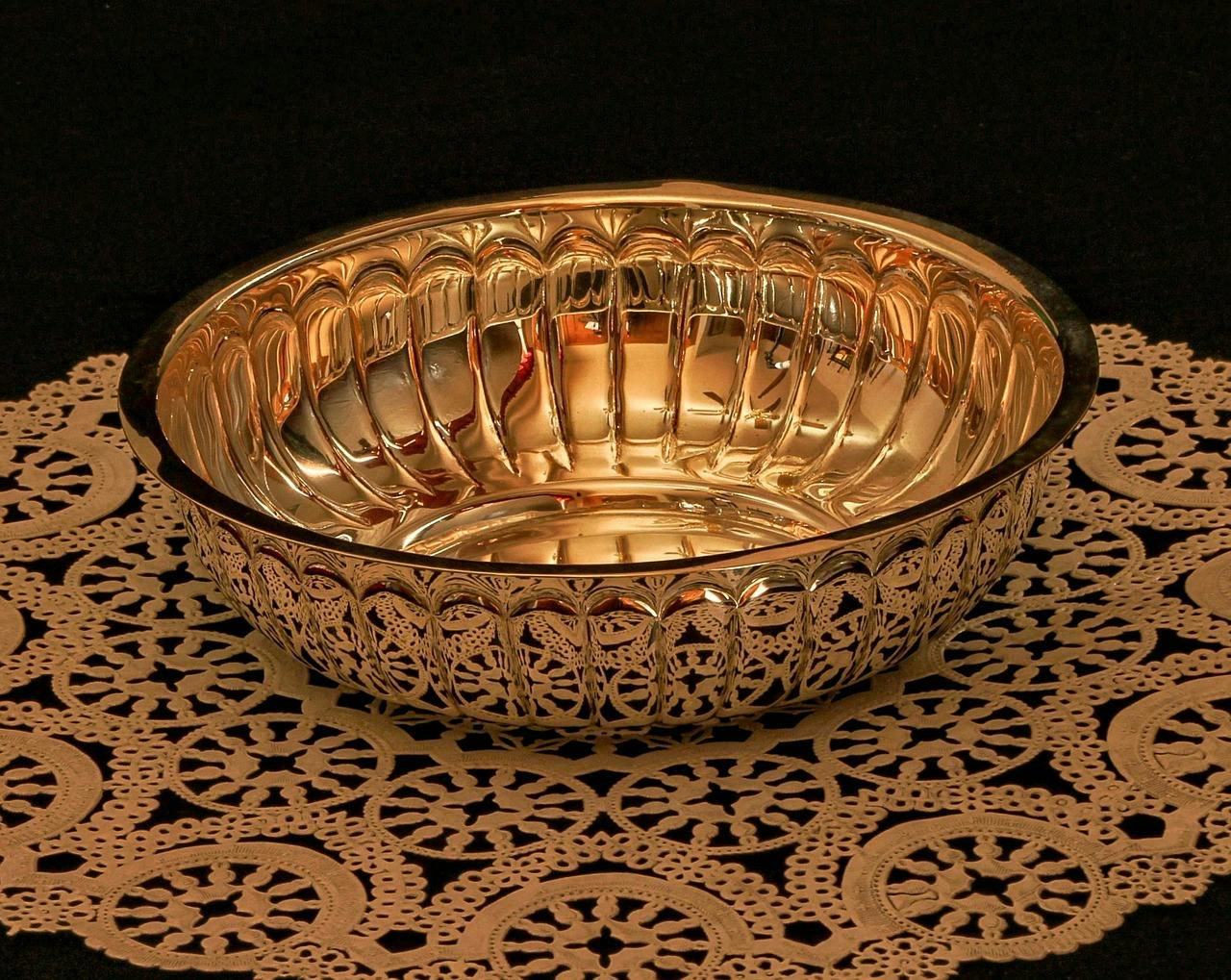What can you do with all the flowers delivered by FloraQueen? Let’s do our last harvest of the year! And let’s not hesitate to gather heaps of plants and flowers, ones we won’t throw out once they have wilted and withered, because we can make potpourri! Indeed, homemade potpourri will lend a pleasant fragrance to the room of your choice in an eco-friendly way. We’ll tell you how to make potpourri below and you’ll see how easy it is!
First of all, the content

Any plant can be used in potpourri though some plants are more suitable than others and we’ll explain why.
Fragrant plants and wood shavings are key ingredients for making potpourri. Lily of the valley, lavender, lilac and roses are examples of fragrant flowers. Herbs can also do the trick: bay leaf, mint, rosemary and thyme are plants that give off a burst of fragrance. Let’s not forget that certain fruit like lemons or oranges can also be used in potpourri. Just keep the peel or cut it into fine strips to make it more aesthetically pleasing. You see, several plants can be added to the potpourri; choosing which ones is simply a matter of taste.
Speaking of aesthetics, some plants can be added to the potpourri even though they aren’t fragrant, because potpourri is also a decorative item! Just use all the plants and peel you find unusual and pretty such as coconut bark or exquisitely beautiful flat flowers such as daisies or exotic flowers.
A little tip for your potpourri: add scent-preserving fixatives to make your potpourri last longer. Citrus peel makes an appearance in this category too. There’s no question that peel has another possible future other than at the bottom of your rubbish bin! The same applies to patchouli, cedar and sandalwood shavings.
Then you’ll have to dry the ingredients in your potpourri!

You can do it the fast or the slow way.
For fast drying, you’ll need an oven or even a microwave. Place the ingredients on a baking tray or dish covered with parchment until dry and crisp.
For slow drying, the plants can be left to dry in the open air. Cover a container preferably with a paper towel and allow the plants to dry for a week in a dark, dry and ventilated place. Choose a fairly large container to hold the entire contents without having the ingredients overlap. A little trick for preventing mould growth: gently shake the ingredients or turn them over every day!
Moist potpourri also exists. But it’s longer and more complicate to make.
Finally the container!

Your content is ready at last! Now you just need the container. To create a stunning visual effect, choose a container that is original in its colour, its shape and its texture. Your potpourri is ready to gently perfume your room, and it is even more wonderful because you made it yourself. To accentuate the fragrance or refresh it after a few days, add some drops of essential oil!
Dear readers, have you followed our tips? Has this post given you the urge to make your own homemade potpourri? Share your comments with us here.
